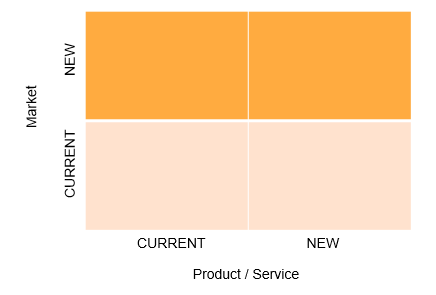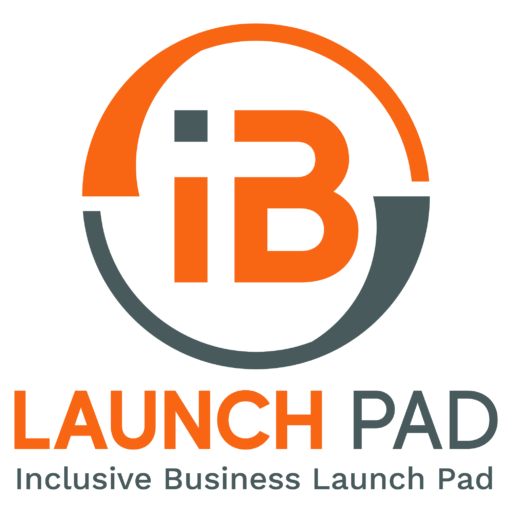Topic 4 : Ansoff Matrix – Choosing your strategy

Now that we have analysed our resources and capabilities and analysed our competitors we now need to choose the type of strategy we intend to engage in.
Ansoff created what he called the Ansoff Matrix which places product/ service strategies into 4 distinctive categories as shown in the diagram.
This allows our company strategy to be analysed using 2 parameter, Parameter 1 Target Markets, Parameter 2 Product/ Service
By analysing these 2 parameters we can clearly identify which strategy we are pursuing and as such create a business plan to maximise success / be fully aware of the risks.
Market Penetration : This is when we look to sell the product or service we currently make but want to sell more of it into the current market i.e. a product that we already have a strong track record with, into a market we already know but intend to take more market share. This is the safest strategy as we can predict with greater accuracy the likely outcome, however it will require investment in such activities as more marketing and sales.
Market Development : This is when we continue to provide the same product / service but look to new markets within which to sell this product/ service i.e. we may look to sell the product into a new sector or into a new country through exporting. This presents some additional challenges, whilst we the product or service is proven we have less knowledge about the new market, will it work in that market, are there high entry costs i.e. such as taxes and transport for export. We may need to invest more in market analysis and market experts and additional product adaptation costs to deliver the product
Product Development : This is when we look to leverage the market we already know and sell to. We look to leverage our current customer base to sell them more products , but these products are different to the original , as such we are relying on our brand and customer good will to achieve sales of the new product or service i.e. Dyson selling hair dryers based on the brand developed by their vacuum cleaners. Again this is slightly more risky as we may damage the brand name if we do not deliver the same quality with the new services / products. We will likely need to invest in product development ,product research and product experts along with increased marketing.
Diversification : This is when we look to enter a new market with a completely different product. This is by far the most risky of the strategies as we will be selling products or services we are unfamiliar with into new markets we don’t have experience in. This is a high risk strategy and whilst there are advantages in doing so i.e. diversification of risk , there are significant draw back which include high costs of investment in knowledge, market research etc coupled with the potential to distract the company from its core business
-
Activity: Identify Your Strategy
Using the grid below mark where your products strategy exists in order to reflect on its potential challenges.

Hint : You may have more than one product or service. As such you may find that you have multiple strategies, plot each one into the grid opposite to see what are your companies biggest challenges. There is no right or wrong answer to this question. Whilst market penetration appears to be a safer/ more predictable strategy a diversification strategy may offer long term stability across more products / or markets. What’s important is that you are aware of the challenges your strategy/strategies present.

